The latest release from Bovet is actually the third and final part of a trilogy of timepieces that began with the Récital 18 Shooting Star Tourbillon in 2016 and followed by the Récital 20 Astérium in 2017. This triad of timepieces forms what the brand describes as a “poetic watchmaking narrative” that is only completed by the astronomical Récital 22 Grand Récital.
The 46.3 by 19.6 mm case functions as a horological Tellurium including a stunning, hemispherical, birds-eye view of the Earth at 12 o’clock and a flying tourbillon at 6 o’clock that represents the sun with a carriage bridge acting as fiery rays shooting out of the sun’s body. Finally, a spherical moon orbits the Earth according to the exact length of its synodic period of 29.53 days.
The half-Earth that displays the Northen hemisphere rotates on its own axis and demonstrates the passage of time on a natural 24-hour cycle. The surface of the Earth is engraved and hand-painted giving the oceans, mountains, deserts, and forests an unmistakable sense of realism. For the first time, Bovet included luminescence in the miniature painting process, recalling satellite imagery of city lights illuminating the night sky. Before the Earth’s surface was polished and finished, Bovet applied several layers of transparent lacquer and then painted clouds and air currents on top giving the appearance that the clouds floating above the Earth. At the base of the globe, a graduated scale displays the hour by means of a three-dimensional polished titanium hand, situated between the tourbillon and the globe.
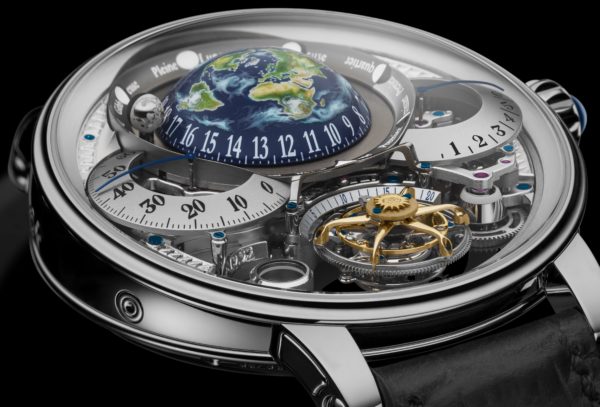
The sphere of the moon can be found directly around the Earth, just like its outer space counterpart. The mechanism that powers the moon and moon phase display, which you can see on the Earth’s concentric ring, means it will only need to be adjusted by one day every 122 years. The sphere is divided into two parts: one black, while the second is engraved with the textured surface of the moon. The engraved sections of the second half are filled with a luminescent substance, which makes it possible to clearly see which part of the moon is directly illuminated by the Sun. This approach to the lunar indication is one of the five patents received for the production of the Récital 22 Grand Récital.
The carriage of the solar-inspired tourbillon is raised above the actual surface of the movement — Bovet received another patent for this construction — which allows for an increased level of transparency. The five arms of the titanium bridge feature a rounded hand-finish and frame the regulating organ. By rotating once every sixty seconds, the tourbillon indicates the seconds by a hand affixed directly to the carriage wheel and travels over a scaled twenty-second sector.
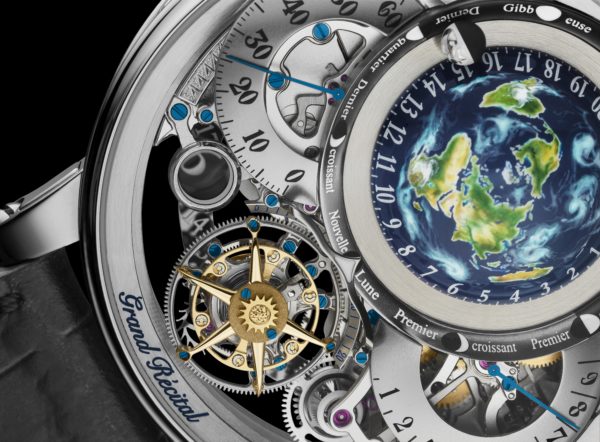
To the left of the Earth is the retrograde minute display and, to the right, the nine-day power reserve indicator. Directly underneath the retrograde minutes is a date made of luminous material that features a large magnifying glass to enlarge the date wheel on the bottom portion of the movement.
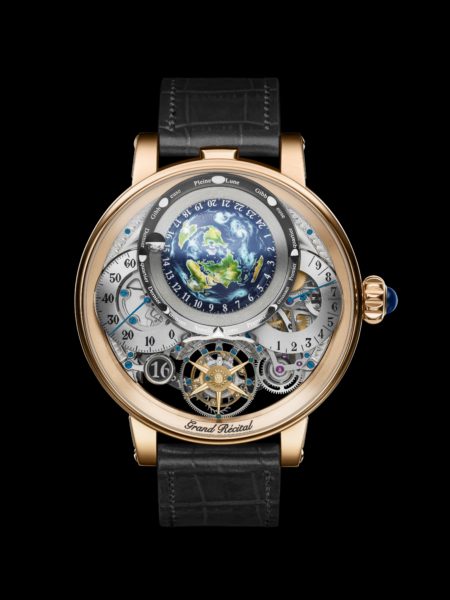
So, how do you tell the time? First, you use the pointer affixed to the top of “the sun” or tourbillon cage to tell the exact local hours and then you use the retrograde minute for the exact minute. In the image above, the time is approximately 8:26 in the morning. It’s not exactly a normal timekeeping exercise but it is legible and not at all difficult to interpret.
On the caseback, you have a fully functional perpetual calendar that features the hour, day-of-week, date, month, and leap-year indicators. One interesting detail is that the date wheel is actually double-sided, which is an interesting idea catering to the perpetual calendar pedant.
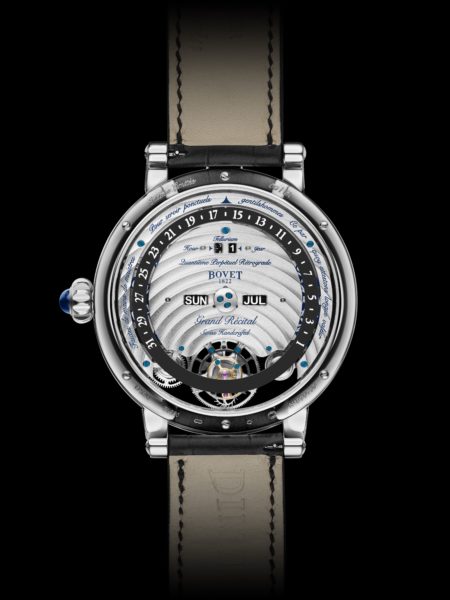
Another fascinating detail that might be overlooked given the grand nature of the timepiece is the addition of a pusher located between the upper lugs that simultaneously adjusts all the timepiece’s functions in addition to the ability of the traditional correctors used to adjust each indication individually. For example, if the watch has been stopped for six days, the pusher can be pressed six times to perfectly adjust the perpetual calendar and Tellurium functions simultaneously.
Given the scale of the Récital 22 Grand Récital, it’s hard to imagine the sheer amount of time that went into developing the watch. In most cases, that would mean personalization is out the window. This is not the case thanks to the design of the hemispherical Earth. Any enthusiast interested in the timepiece is able to choose the orientation of the globe so that the collector’s chosen location would be positioned on the earth-sun axis when the timepiece displays mid-day. Because of this, the watch is not yet assembled until the purchase has gone through.
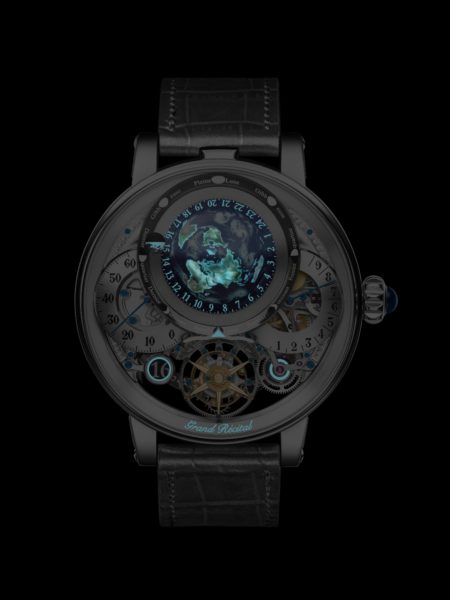
The limited edition of 60 is priced at $469,800 in red gold and $502,200 in platinum, both on a full-grain alligator leather strap.

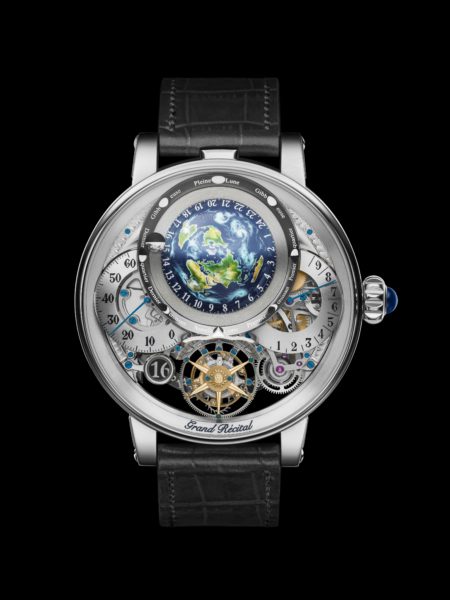
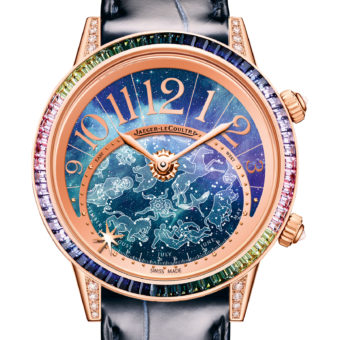
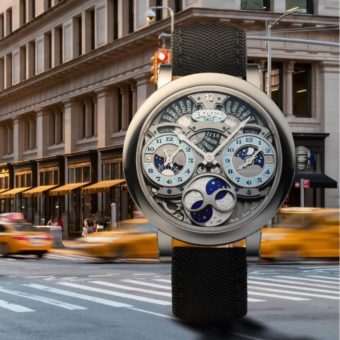
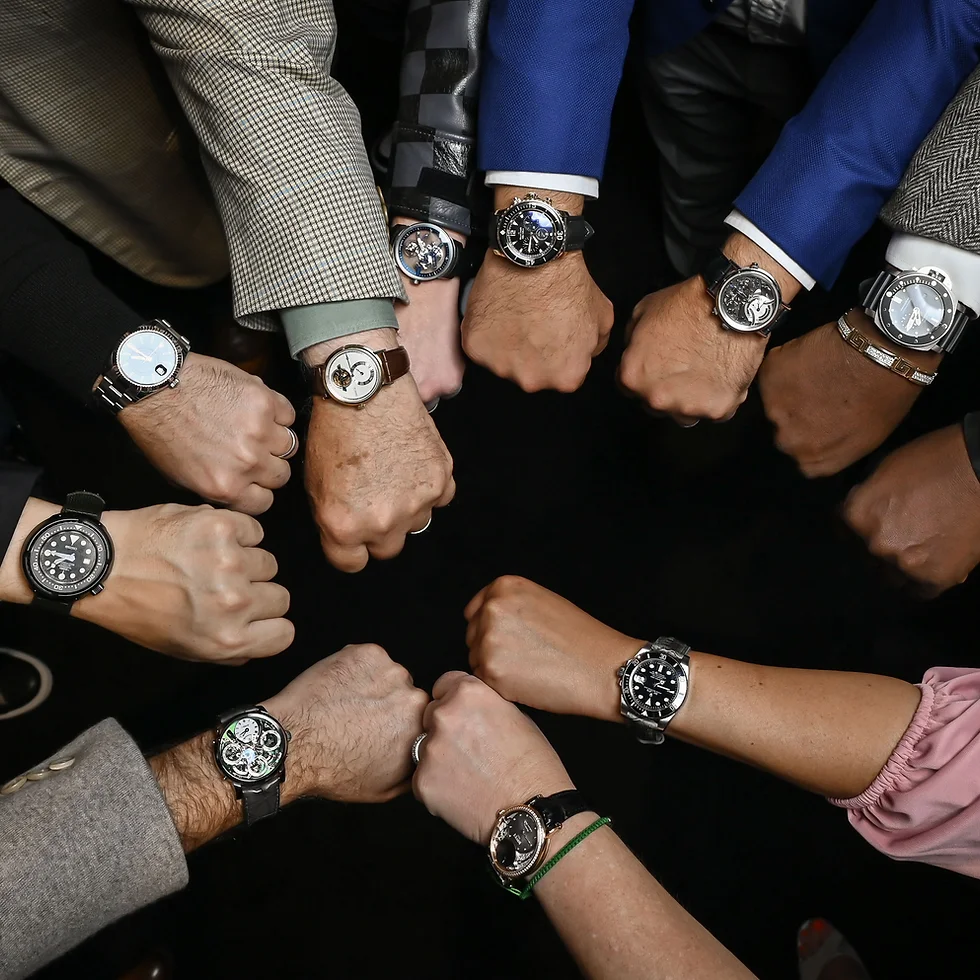
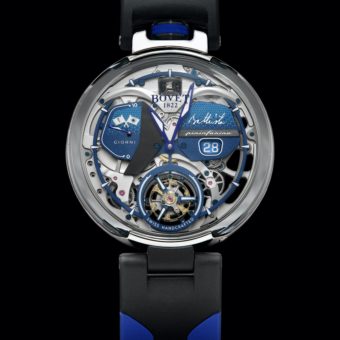

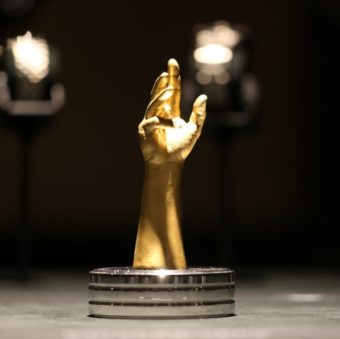
Extremely Beautiful never seen Something like this
Absolutely stunning!
You have got to be joking. While the technical expertise to put this watch together is top shelf, the design is Las Vegas très chic.
Can’t imagine an uglier watch. So much talent wasted in its design.